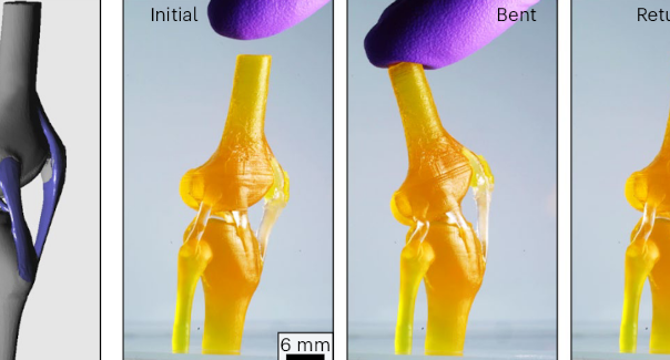Hackaday
2d
210

Image Credit: Hackaday
Double Your Printing Fun with Dual-Light 3D Printing
- Researchers at the University of Texas at Austin are exploring a new concept of dual-light 3D printing using a resin with different physical properties when cured with different light wavelengths.
- The resin cures into a rubbery material with violet light and a rigid material with ultraviolet light, inspired by natural constructions like bone and cartilage.
- Test prints of bio-analog materials show promising results, with the dual-light method allowing for better natural connections between materials, reducing delamination risks.
- The research presents potential for customizable properties in 3D-printed objects by controlling the curing process with light frequencies, offering intriguing possibilities for various applications like tunable laser projects.
Read Full Article
12 Likes
For uninterrupted reading, download the app